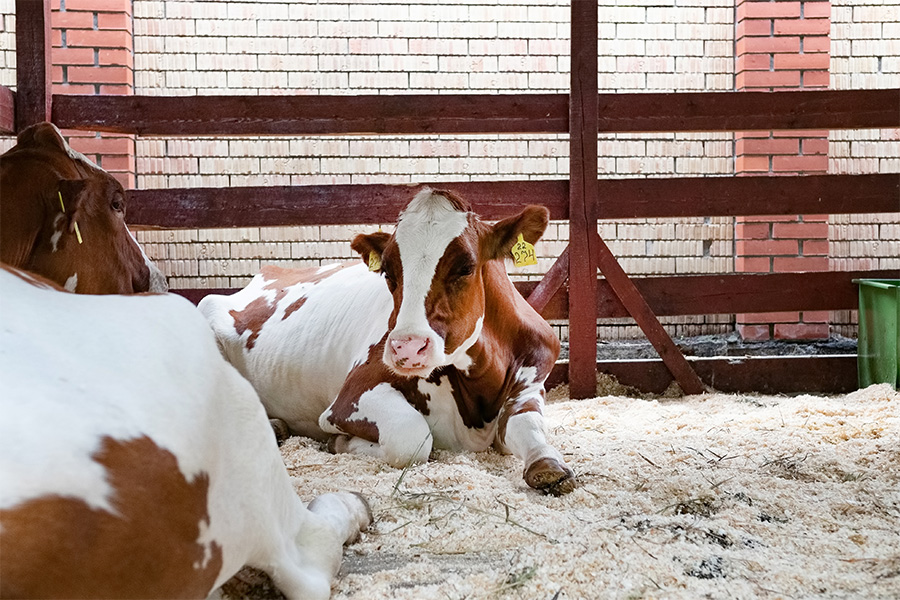-

The purpose of this guide is to help users identify insects, spiders and mites that are beneficial to the garden. Such beneficials help manage pests that can damage plants. Tips to conserve and protect beneficials are also included.
|
-
 Results of the 2014-2015 performance tests of small grains grown for grain and forage are printed in this research report. Grain evaluation studies were conducted at five locations in Georgia, including Tifton, Plains, and Midville in the Coastal Plain region; Griffin in the Piedmont region; and Calhounin the Limestone Valley…
Results of the 2014-2015 performance tests of small grains grown for grain and forage are printed in this research report. Grain evaluation studies were conducted at five locations in Georgia, including Tifton, Plains, and Midville in the Coastal Plain region; Griffin in the Piedmont region; and Calhounin the Limestone Valley…|
-
 Radon is the second leading cause of lung cancer in the United States. A radon reduction system (radon mitigation) reduces high levels of indoor radon to acceptable levels. The system most frequently used is a vent pipe system and fan, which pulls radon from beneath the house and vents it…
Radon is the second leading cause of lung cancer in the United States. A radon reduction system (radon mitigation) reduces high levels of indoor radon to acceptable levels. The system most frequently used is a vent pipe system and fan, which pulls radon from beneath the house and vents it…|
-
 Clutter is a collection of things lying around in an untidy mess, usually because we don’t have a designated place for it. Household clutter has a big impact on your health and quality of life. This publication will help you asses if you have too much household clutter and then…
Clutter is a collection of things lying around in an untidy mess, usually because we don’t have a designated place for it. Household clutter has a big impact on your health and quality of life. This publication will help you asses if you have too much household clutter and then…|
-
 The cumulative greenhouse gas (GHG) emissions from any human activity are commonly referred to as the carbon footprint. The Poultry Carbon Footprint Calculation Tool was developed and designed specifically for poultry production farms. The tool can be used to estimate the greenhouse gas (GHG) emissions from pullet, breeder, and broiler…
The cumulative greenhouse gas (GHG) emissions from any human activity are commonly referred to as the carbon footprint. The Poultry Carbon Footprint Calculation Tool was developed and designed specifically for poultry production farms. The tool can be used to estimate the greenhouse gas (GHG) emissions from pullet, breeder, and broiler…|
-
 Cow behavior is critical for animal well-being and performance and influenced by many factors, such as heat stress. Under thermo-neutral conditions, cows spend half a day lying down and the rest of the time is distributed into standing, feeding and milking. However, when cows are exposed to heat stress, they…
Cow behavior is critical for animal well-being and performance and influenced by many factors, such as heat stress. Under thermo-neutral conditions, cows spend half a day lying down and the rest of the time is distributed into standing, feeding and milking. However, when cows are exposed to heat stress, they…|
-
 The Georgia Master Gardener Handbook, 8th Edition, is the official reference text produced by the University of Georgia and developed for Master Gardener training. For more information about the Georgia Master Gardener Extension Volunteer Program, visit www.GAmastergardener.org. This book, published in 2021, is currently available at $95 per copy (including…
The Georgia Master Gardener Handbook, 8th Edition, is the official reference text produced by the University of Georgia and developed for Master Gardener training. For more information about the Georgia Master Gardener Extension Volunteer Program, visit www.GAmastergardener.org. This book, published in 2021, is currently available at $95 per copy (including…|
-
 Pecan production is considered by many who practice this endeavor to be as much an art as it is a science. Growers must integrate multiple disciplines in order to be successful. This book was created with the goal of being a comprehensive reference text for pecan growers, scientists, and county…
Pecan production is considered by many who practice this endeavor to be as much an art as it is a science. Growers must integrate multiple disciplines in order to be successful. This book was created with the goal of being a comprehensive reference text for pecan growers, scientists, and county…|